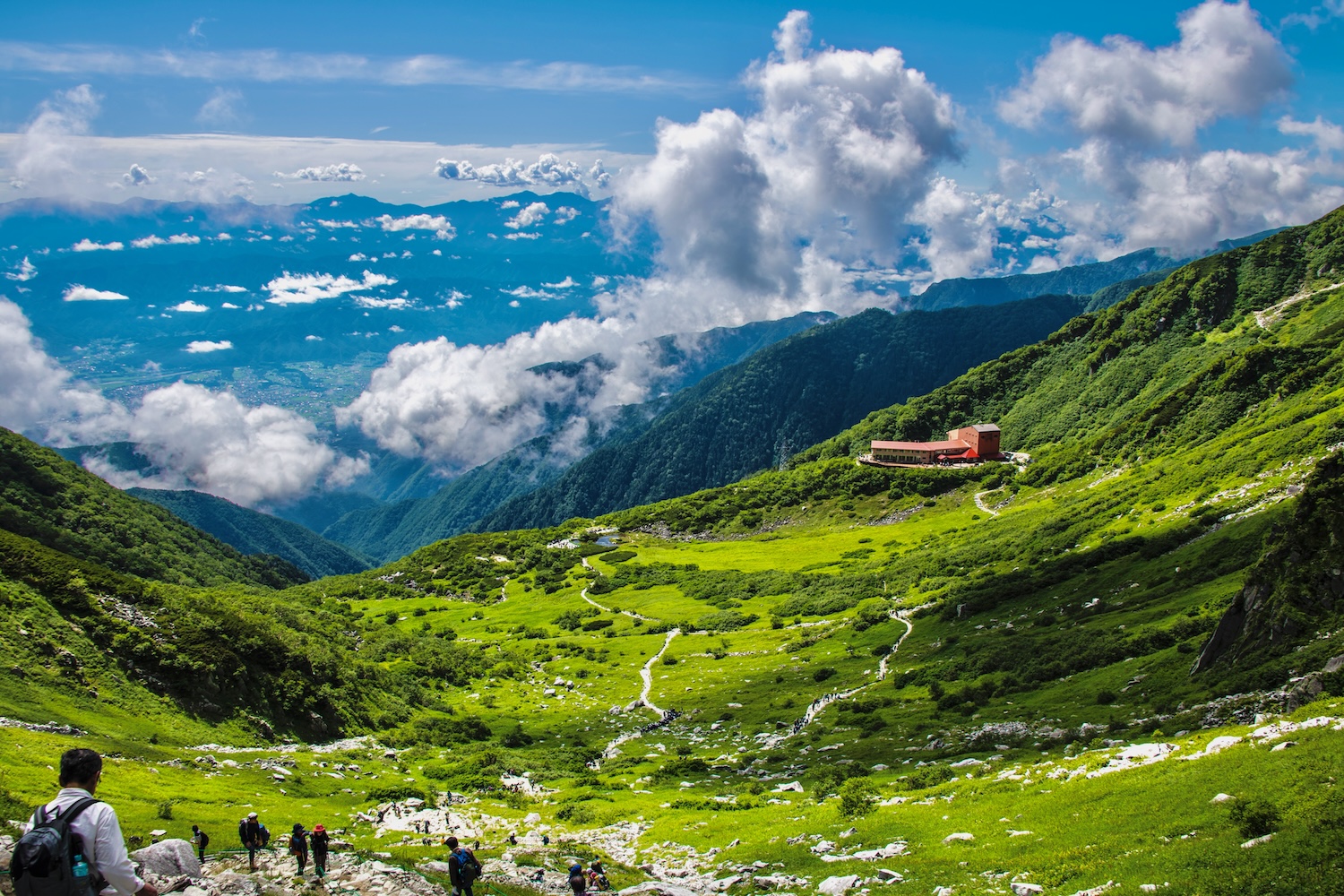If you read this site with any regularity, then you know I love the Japanese Alps. From cities like Matsumoto and Takayama, to natural escapes throughout the region, it’s an underrated and endlessly satisfying part of Japan.
With this being said, it doesn’t immediately appeal to everyone—especially not Europeans. “That doesn’t look Alpine at all,” my Swiss best friend said to me when I sent her some pictures after my very first trip to Japan’s mountains more than a decade ago.
I’ll address this discrepancy more in just a second—it isn’t just because of how much my photography has improved. But for now, I’ll give you a spoiler alert: If you head to the Senjojiki Cirque in the Chuo Alps, you may indeed feel like you’re in Europe.
Why the Japanese Alps (Mostly) Don’t Look Alpine
In a moment, I’ll tell you precisely how you can integrate the Senjojiki Cirque into your Japanese Alps itinerary. For now, however, I want to address the elephant in the room—namely, why so many parts of the Japanese Alps don’t look “alpine.” Effectively, there are two reasons for this: First, that the Japanese Alps are generally not as high as the European ones, and secondly because they aren’t as developed: Many of the most alpine places are simply not accessible.
Thankfully, your favorite games are always accessible while traveling in Japan, whether you find them on oddschecker.com (which also posts great deals and promotions) or go directly to your favorite online casino. Whether or not the Senjojiki Cirque ends up being among your top Japan destinations, you can end the day on a great note with bonus spins, deposit match offers and more.
How to Reach the Senjojiki Cirque
Start in Matsumoto or Nagano
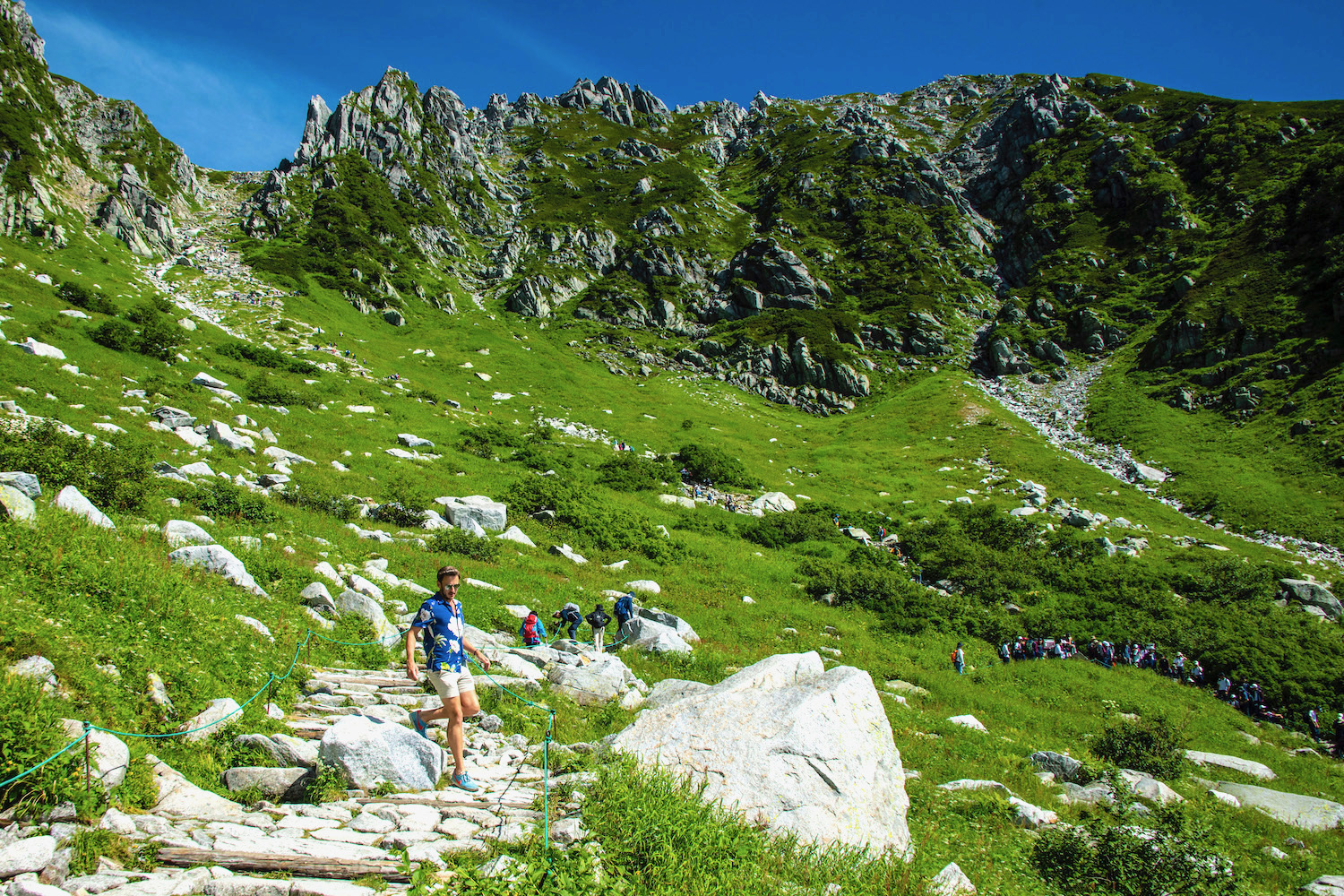
Although you can technically visit the Chuo Alps from anywhere in the Japanese Alps region, it’s easiest to get there from major cities like Matsumoto and Nagano. Matsumoto in particular is the most convenient place to start, since it sits right along the JR Chuo Line, which you will need to take to start your journey.
Consider renting a car
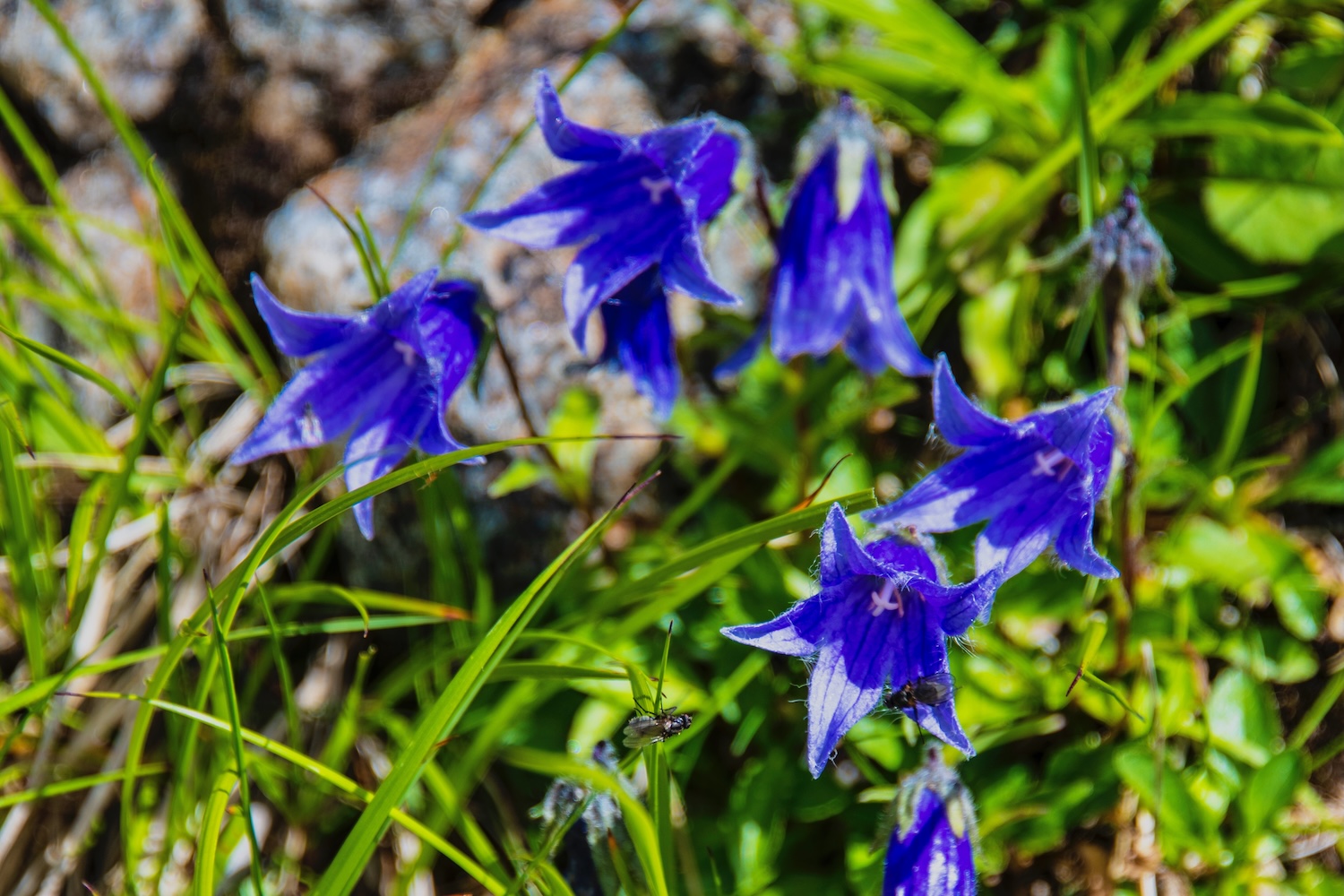
Well, unless you rent a car. While this can’t take you all the way to the top (for reasons I’ll explain in just a moment), it does save you having to navigate local train schedules, or to spend longer in transit than you need. Plus, driving in Japan is extremely safe, and way easier than you think.
(Or taking a very early train)
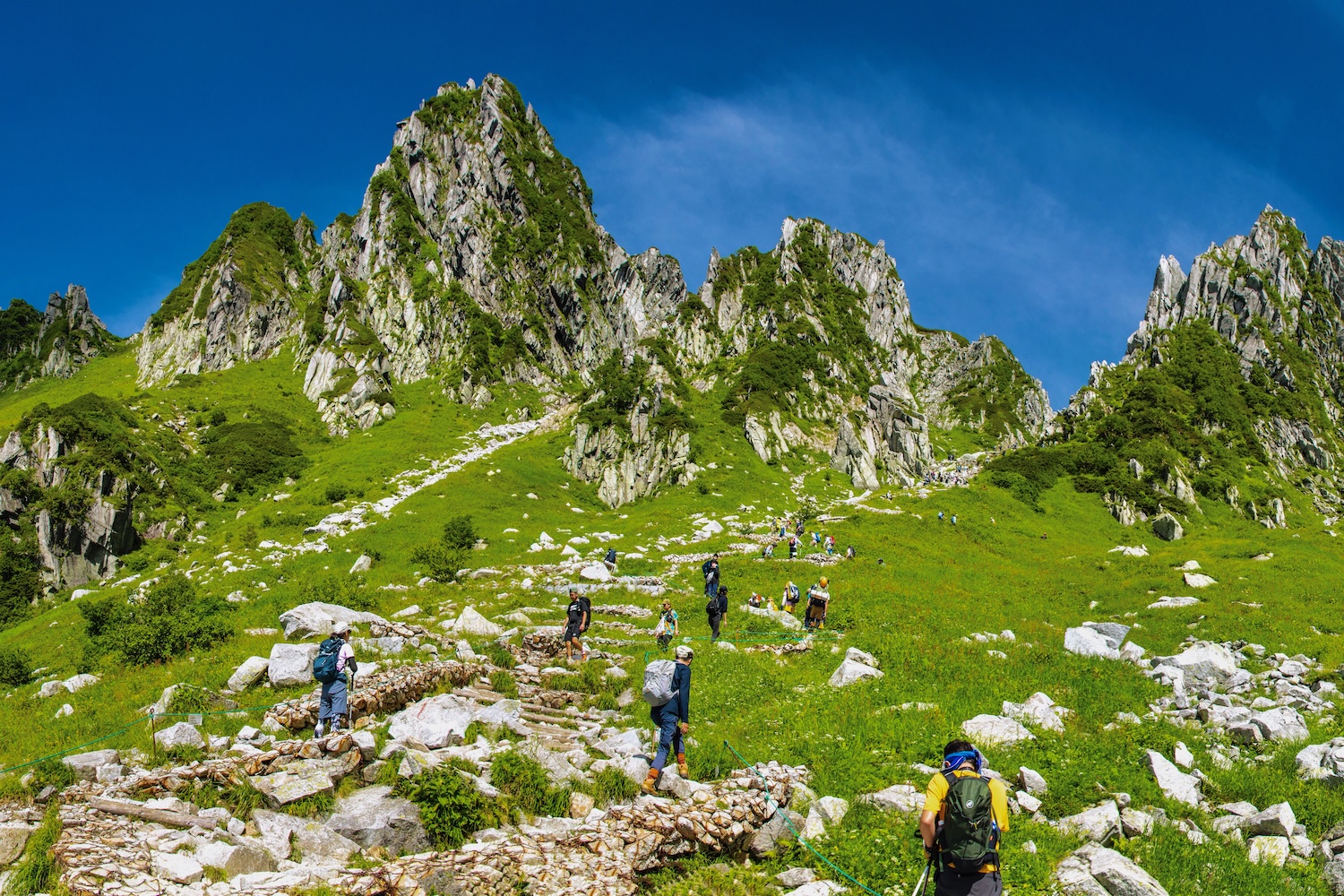
Of course, you don’t need to drive. But if you do take a train (the JR Chuo Line, with an intermediate stop at stations such as Tatsuno or Okaya, you can expect to spend up to two hours each way en route—and that’s just to the ropeway base station. As a result, you should plan on leaving early.
Ride Japan’s highest ropeway
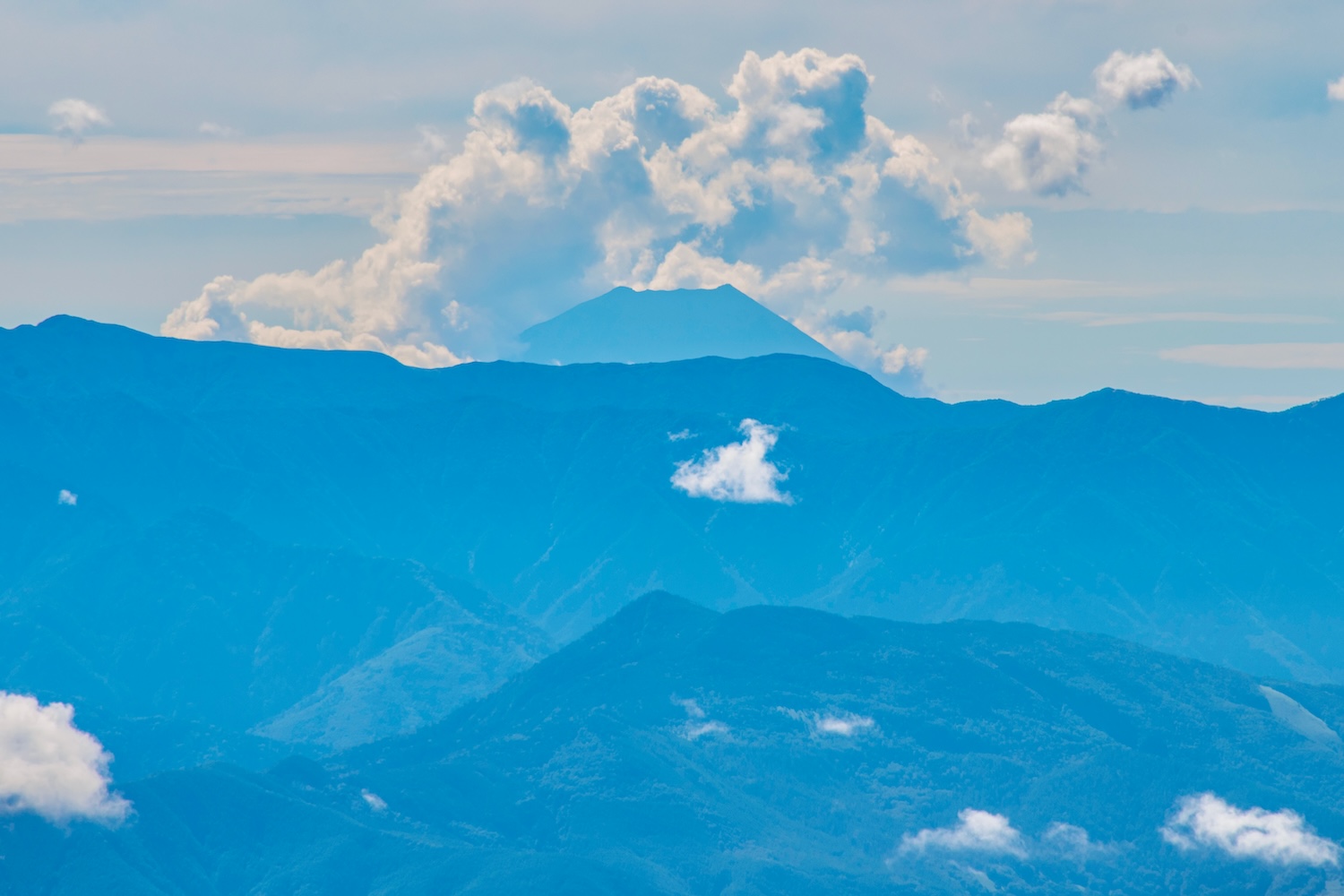
Whether you drive or take a train, getting to the starting point of the Senjojiki hike requires that you ride the Komagatake Ropeway, Japan’s highest. This is a thrilling experience, in no small part because if the weather is clear, you’ll be able to see Mt. Fuji looming in the distance.
Take your time hiking
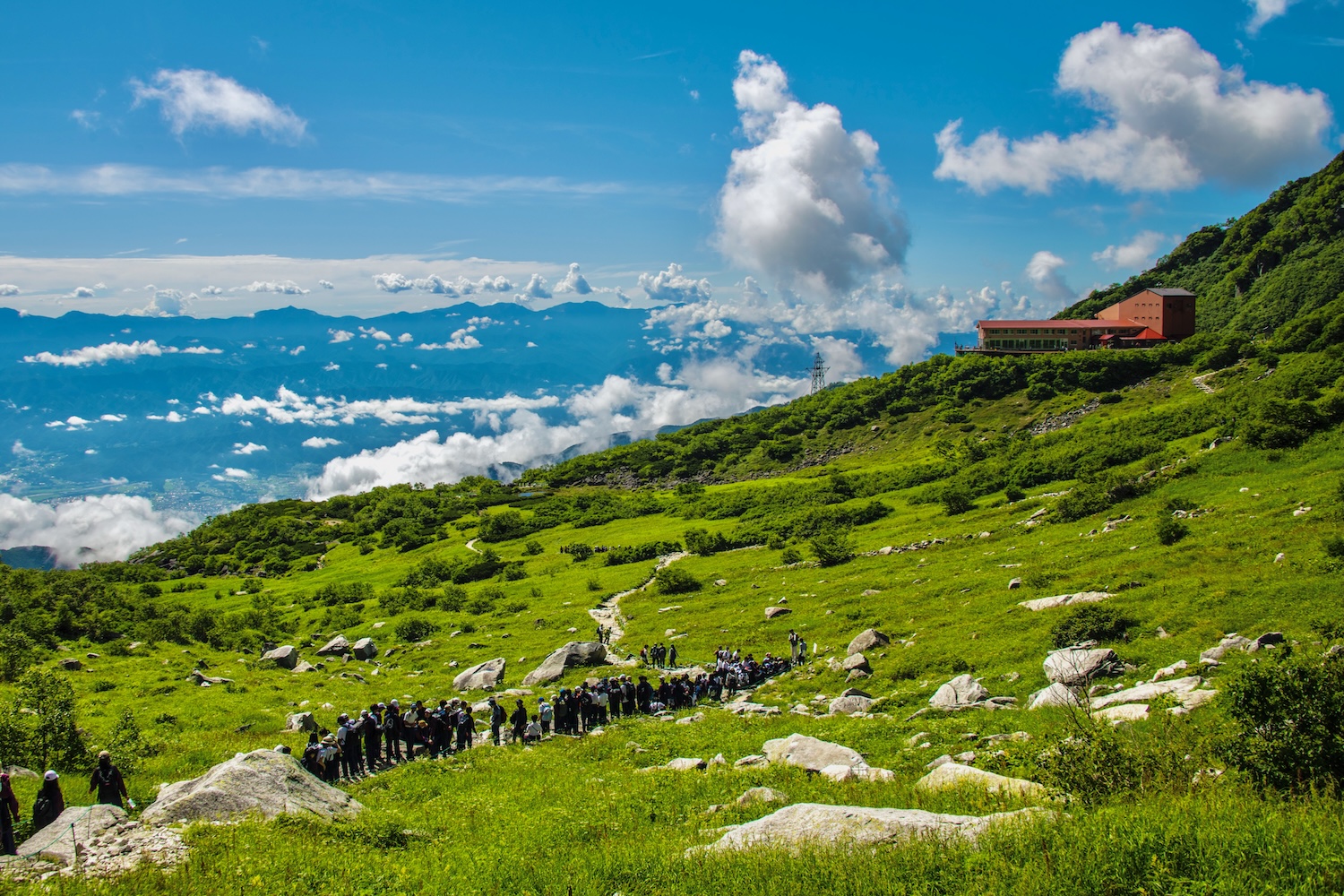
Presuming you visit during months when hiking is possible (basically summer, plus very late spring and very early fall), the good news is that hiking is very easy—the trail is basically just a big staircase, albeit with relatively irregular stones instead of concrete steps. With this said, I recommend taking your time while hiking, regardless of how far up you go.
The Best Time to Visit the Senjojiki Cirque
The Senjojiki Cirque, like Japan in general, is a four-season destination. Obviously, the very warm months between about June and September are best for hiking. However, since the area is accessible via ropeway, and because you can enjoy a view of the mountain scenery right from the visitor’s center, you can really go in any season, be that amid the deep snow of winter, or in autumn when colors blaze.
One thing I’d say? Because so much of the Senjojiki Alps experience is…well, being able to see the mountains, it’s really essential that you go on a clear day. There are other reasons for this as well. For one, if it’s rainy, then any hiking you do becomes much more precarious, even dangerous. Secondly, on a clear day you can see Mt. Fuji in the distance while riding the ropeway, adding another lay of excitement to your adventure.
Other FAQ About Hiking Japan’s Senjojiki Cirque
How do you get to Senjojiki Cirque?
You ultimately need to get from Matsumoto Station to the base station of the Komagatake Ropeway. This involves either riding the JR Chuo Line to Komagane Station and getting a bus from there, or renting a car and driving to the parking lot near the bus stop in Komagane.
Is Senjojiki Cirque worth it?
If you go on a clear day (and ideally in the summer, when it’s possible and relatively easy to hike), then it’s definitely worth it to go to the Senjojiki Cirque. On the other hand, if the weather is bad or if you visit in a season when it’s too cold to hike, the ROI of your trip may be worse.
What is the highest ropeway in Japan?
The Komagatake Ropeway, which is the only way to access the so-called “Senjojiki Cirque” of the Japanese Alps, is the highest ropeway in Japan. It’s one of my favorites, too, and in addition to offering quick access to the Chuo Alps, affords riders a view of Mt. Fuji on a clear day.
The Bottom Line
From a pure aesthetic perspective, the Chuo Alps are probably the most satisfying place in the entire Japanese Alps—certainly, they’re where you get the clearest sense of being in an Alpine place, with towering snow-capped peaks, rare flora and clear, blue skies. Better yet, they’re an easy day trip from Matsumoto, whether you use your own car to drive most of the way, or make the entire journey via public transportation. They’re also gorgeous in every season—and even in the middle of summer, the air is fresh and cool. Need personalized help integrating the so-called Senjojiki Cirque into your next Japan trip? Commission a custom Japan itinerary today!



